Why Do Bras Cost So Much?
We stumbled upon a Wall Street Journal article that explained why one bra had recently risen in price by more than 44%, and laid out the reasons why. We were not necessarily shocked as we had seen bra price increases at the store, but seeing the statistic that dye had risen 300% was a stunning number. Here’s why your bras are costing more.
The Economics of Rising Bra Prices
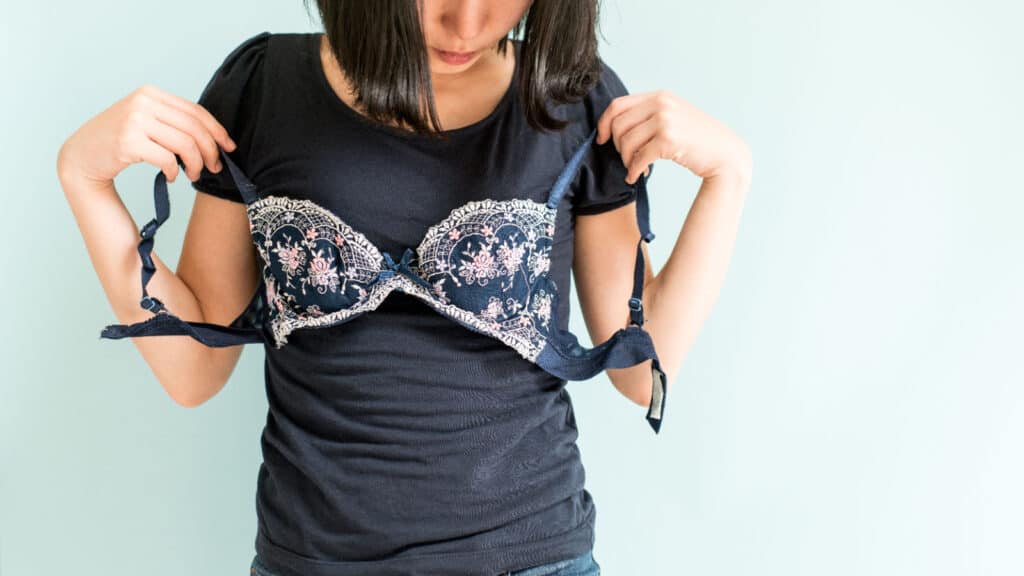
Recently, the world of lingerie has witnessed a significant shift in pricing dynamics, and one particular example that caught the attention of consumers and retailers alike surrounds the price of the Natalia Underwire Bra. Priced at $68 for years, its price increased to $98 (price as of January 2024). In this article, we will delve into the factors that have led to this price hike and explore the intricate web of inflationary forces that have converged on bras like the Natalia.
Bra Prices Range
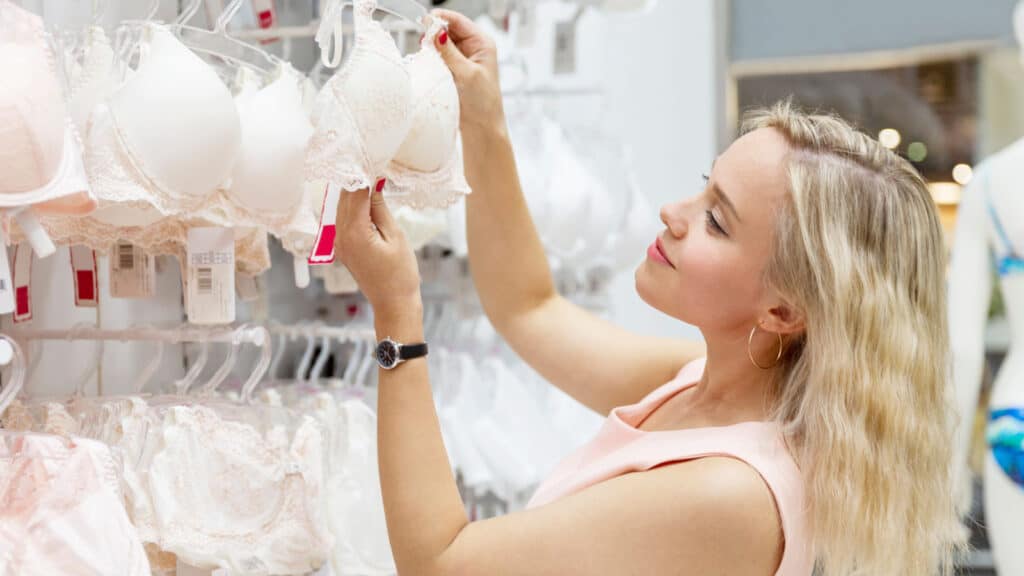
Of course, we can go to Walmart, Target or Marshall’s and find bras for under $20, and sometimes we find a bra that fits well. But other times we want better workmanship, design, fabric, colors or fit, and going to Nordstrom or a specialty store is the right move.
The Natalia Underwire Bra: A Brief History
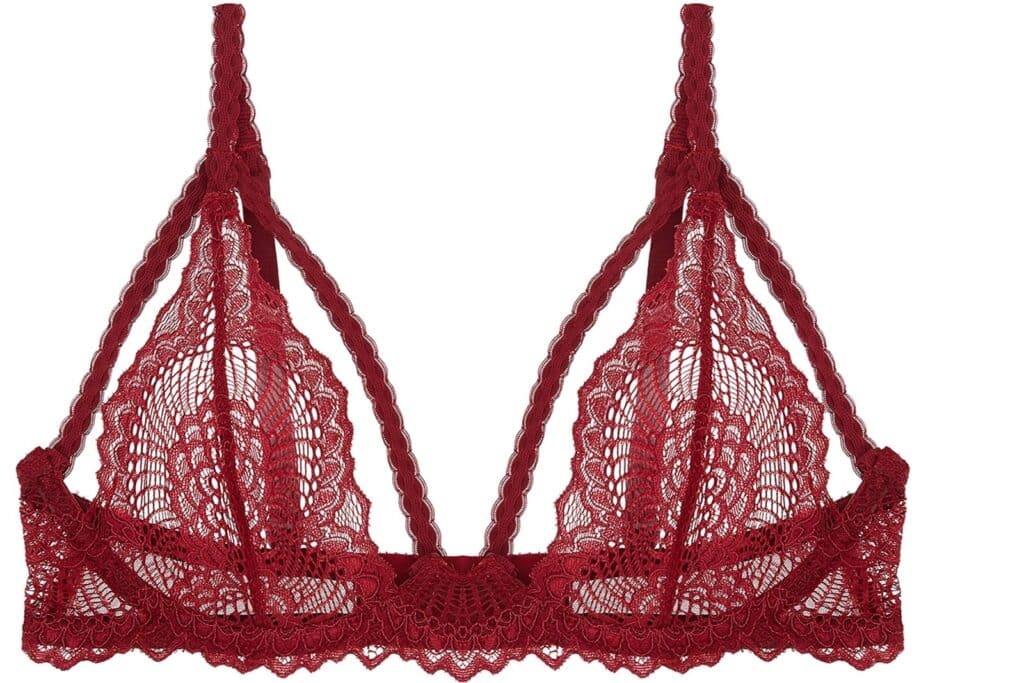
Before we delve into the reasons behind the price increase, let’s take a moment to understand the Natalia Underwire Bra’s journey. Introduced to the market in 2016, this bra quickly gained popularity, becoming a staple in department stores and specialty boutiques. For years, customers could purchase it for $68.
The Bra Price Hike: Unpacking the Factors
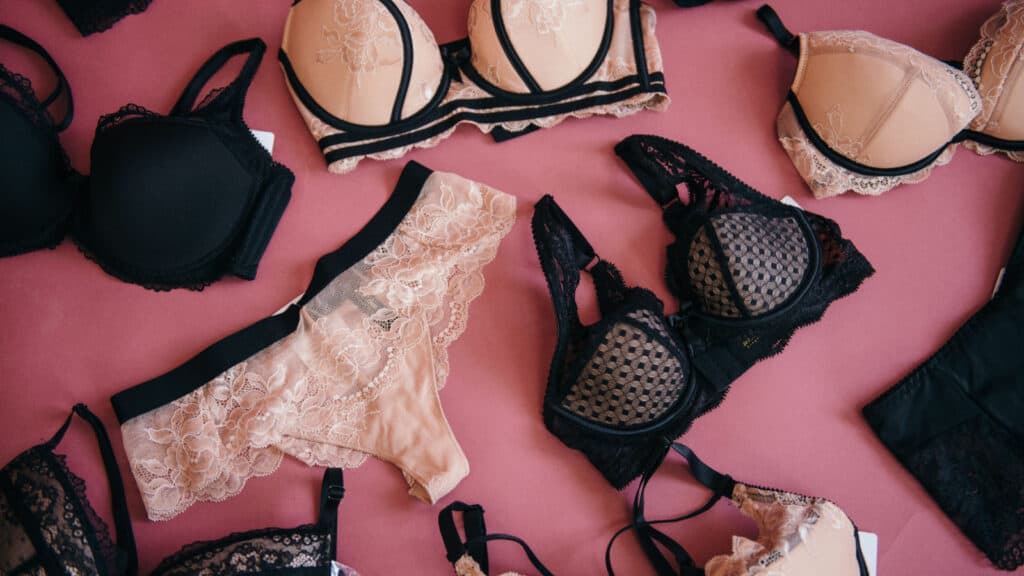
The decision to increase the price of the Natalia Underwire Bra to $98 was a response to a complex set of inflationary forces that have been affecting the lingerie industry. These factors, when analyzed individually and collectively, shed light on the reasoning behind this significant price adjustment.
Escalating Manufacturing Costs

One of the primary factors contributing to the price hike is the soaring manufacturing costs. Guido Campello, owner of Journelle, the company responsible for producing the Natalia Underwire Bra, noted that costs had doubled in some cases since 2019. These increased manufacturing expenses encompass various elements, such as materials, labor, and production processes.
Supply Chain Disruptions

In recent years, global supply chain disruptions have become a common theme across various industries. The lingerie sector is no exception. Delays in the procurement of essential materials, shipping challenges, and distribution bottlenecks have all contributed to rising costs, which inevitably get passed on to consumers. According to the Wall Street Journal article, dye increased 300%, lace and elastic 40%, hooks 25%, and the underwire 20%.
Fluctuating Exchange Rates
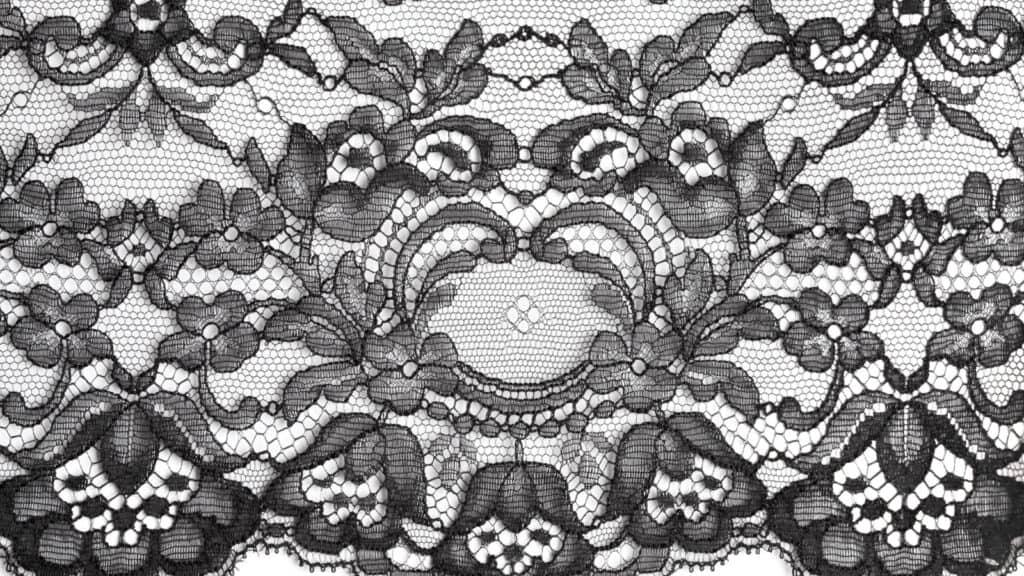
Currency fluctuations have also played a role in driving up the cost of imported materials and components (like specialty lace) used in the production of bras like the Natalia Underwire Bra. Exchange rate volatility can lead to unpredictable price increases, affecting the overall production expenses.
Retailers’ Dilemma

While Journelle made the decision to raise its price to $98, this move presented a challenge for retailers. Some retailers found it difficult to sell the bra at the new, higher price point, fearing it might deter customers who were accustomed to the $68 price tag. This pricing misalignment prompted a few retailers to discontinue carrying the product altogether.
It is a gorgeous bra; we get the appeal. On the one hand, it is significantly less expensive than other bras made by Journelle and other higher end manufacturers. On the other hand, less expensive bras can be found. Ultimately, the consumer has a choice.
The Takeaway
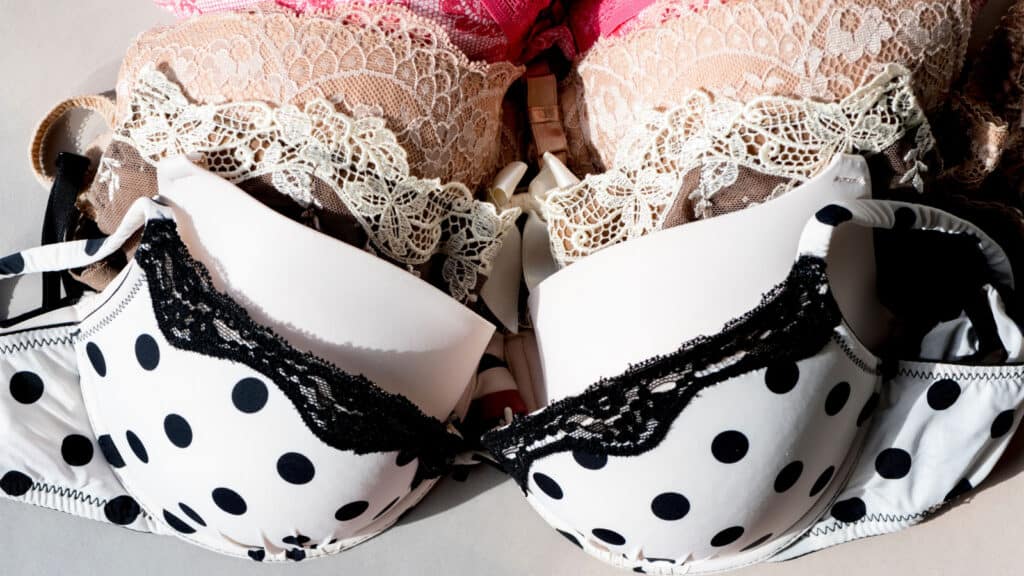
The newer $98 price tag on the Natalia Underwire Bra reflects a confluence of inflationary forces affecting the lingerie industry. Rising manufacturing costs, supply chain disruptions, and fluctuating exchange rates have all contributed to this price adjustment. While it may be a difficult adjustment for some consumers and retailers, understanding the underlying economic factors can provide clarity on why this change was necessary.
As consumers navigate the changing landscape of lingerie pricing, it’s essential to recognize that the Natalia Underwire Bra is not alone in facing these challenges. The broader retail industry grapples with similar pressures, and as economic conditions evolve, pricing dynamics will continue to shift.Is there a clothing product that you have seen soar in price? We would love to know about it.
Are You Wearing The Right Size Bra?

We know you have probably heard about getting fitted for a proper bra size. And maybe you have been fitted, but were you measured correctly? We stumbled across a YouTube video by a woman named Caty and our minds were blown! Bending over for measuring? The 7 issues that mean your bra is not the right size; the fact that the UK has different sizing charts than the US (and might be much better)? We learned a lot. READ: Are You Wearing The Right Size Bra?
More Articles On Beauty, Style & Fashion

Here are some more articles you might be interested in that cover beauty and fashion:
- Mastering Curly Hair: Tips For Perfect Curls Every Day
- Understanding Thinning Hair In Women: Causes And Solutions
- 21 Beauty & Style Tech Gifts That Will Make Your Life Better
Join Us

Join us on this empowering journey as we explore, celebrate, and elevate “her story.” The Queen Zone is not just a platform; it’s a community where women from all walks of life can come together, share their experiences, and inspire one another. Welcome to a space where the female experience takes center stage. Sign up for our newsletter so you don’t miss a thing, Queen!







